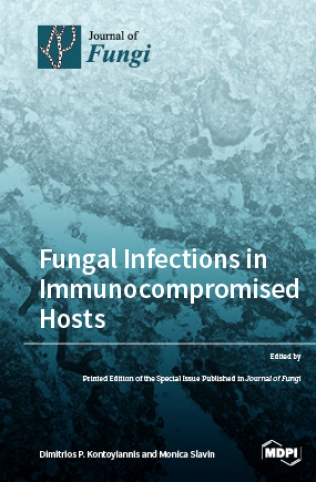评估基于基因组的平均核苷酸同一性计算方法,以鉴定 12 个酵母菌种
IF 4.2
2区 生物学
Q2 MICROBIOLOGY
引用次数: 0
摘要
将酵母菌株归入一个公认的物种并非总是那么简单。目前,酵母菌株的分类划分涉及多种方法,包括表型特征和分子方法(包括基于基因组的分析)。本研究的目的是评估通过用于细菌物种鉴定的工具 FastANI 计算平均核苷酸同一性(ANI)是否适用于将菌株归入某些酵母物种。利用 FastANI、硅提取的 LSU rRNA D1/D2 序列的比对以及同源基因的多重比对(MAOG),分析了来自 12 个酵母属(包括多个物种)的 644 个集合,以及酵母杂交种的数据集。总体而言,分析结果表明,FastANI 和 MAOG 所获得的结果具有很高的一致性,但事实证明,FastANI 比其他两种方法对基因组序列的判别能力更强。尤其是,FastANI 能有效区分属于不同菌种的菌株,在它们之间划出清晰的界限(截止值:94-96%)。我们的研究结果表明,FastANI 是将已知酵母菌种归属于特定菌株的可靠方法。此外,尽管杂交事件使物种鉴别变得更加复杂,但它在这些情况的鉴别中还是很有用的。我们建议将其作为物种划分综合方法的关键组成部分。在更多的酵母菌中使用这种方法将验证它是一种基于全基因组序列快速鉴定酵母菌的技术。本文章由计算机程序翻译,如有差异,请以英文原文为准。
Evaluating the Genome-Based Average Nucleotide Identity Calculation for Identification of Twelve Yeast Species
Classifying a yeast strain into a recognized species is not always straightforward. Currently, the taxonomic delineation of yeast strains involves multiple approaches covering phenotypic characteristics and molecular methodologies, including genome-based analysis. The aim of this study was to evaluate the suitability of the Average Nucleotide Identity (ANI) calculation through FastANI, a tool created for bacterial species identification, for the assignment of strains to some yeast species. FastANI, the alignment of in silico-extracted D1/D2 sequences of LSU rRNA, and multiple alignments of orthologous genes (MAOG) were employed to analyze 644 assemblies from 12 yeast genera, encompassing various species, and on a dataset of hybrid Saccharomyces species. Overall, the analysis showed high consistency between results obtained with FastANI and MAOG, although, FastANI proved to be more discriminating than the other two methods applied to genomic sequences. In particular, FastANI was effective in distinguishing between strains belonging to different species, defining clear boundaries between them (cutoff: 94–96%). Our results show that FastANI is a reliable method for attributing a known yeast species to a particular strain. Moreover, although hybridization events make species discrimination more complex, it was revealed to be useful in the identification of these cases. We suggest its inclusion as a key component in a comprehensive approach to species delineation. Using this approach with a larger number of yeasts would validate it as a rapid technique to identify yeasts based on whole genome sequences.
求助全文
通过发布文献求助,成功后即可免费获取论文全文。
去求助
来源期刊

Journal of Fungi
Medicine-Microbiology (medical)
CiteScore
6.70
自引率
14.90%
发文量
1151
审稿时长
11 weeks
期刊介绍:
Journal of Fungi (ISSN 2309-608X) is an international, peer-reviewed scientific open access journal that provides an advanced forum for studies related to pathogenic fungi, fungal biology, and all other aspects of fungal research. The journal publishes reviews, regular research papers, and communications in quarterly issues. Our aim is to encourage scientists to publish their experimental and theoretical results in as much detail as possible. Therefore, there is no restriction on paper length. Full experimental details must be provided so that the results can be reproduced.
 求助内容:
求助内容: 应助结果提醒方式:
应助结果提醒方式:


